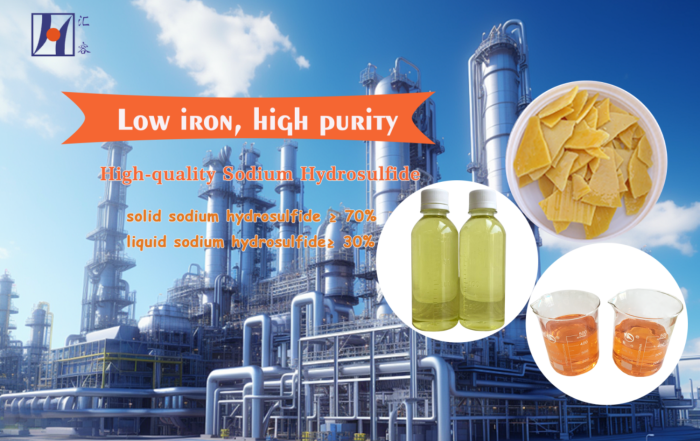Adhesives, along with plastics, synthetic rubber, synthetic fibers, and coatings, are collectively known as the five major synthetic materials, which are important materials supporting the development of the national economy. Adhesive refers to a material that can form a thin film between the surfaces of two objects and firmly bond them together. It is generally composed of adhesive materials (matrix resin), curing agents, toughening agents, diluents, fillers, and modifiers, and is widely used in packaging, electronics, building materials, automotive and transportation, mechanical manufacturing, new energy, medical and health, aerospace and other fields.
Calcium Carbonate Can Be Used In Various Adhesive And Sealant Systems
At present, calcium carbonate can be used in various adhesive/sealing material (resin) systems, such as polyurethane, polysulfides, polysiloxanes, modified polysiloxanes, polybutene, urea formaldehyde resin, phenolic resin, epoxy resin, etc. It is used in high-end organic silicone, polyurethane adhesive, polysulfide adhesive, etc. From the perspective of application types and directions, calcium carbonate based adhesives have opened up many segmented markets. Construction adhesive accounts for about 26.1% of adhesive products, and its main application types include organic silicone adhesive, epoxy resin adhesive, polyurethane adhesive, acrylic ester adhesive, etc. Among them, calcium carbonate is the most important filler; Polyurethane adhesive accounts for over 90% of the domestic soft packaging adhesive market and is one of the main development directions for mid to high end calcium carbonate; Automotive adhesive substrates include polyurethane, epoxy resin, organosilicon, acrylic acid, etc.
Different Types Of Calcium Carbonate Have Different Effects On Adhesives And Sealants
The influence of different types of calcium carbonate on the properties of adhesives/sealants varies. Nano calcium carbonate has a small particle size and the best reinforcement effect. The sealant produced has good thixotropy, the highest tensile strength and elongation at break; Light calcium carbonate and heavy calcium carbonate have slightly larger particle sizes, and their reinforcement effect is inferior to that of nano calcium carbonate, but their sealant products have good fluidity; The sealant made of lightweight calcium carbonate has the highest hardness, while the sealant made of heavy calcium carbonate has the lowest hardness. After high-temperature treatment, the strength and elongation of silicone sealants made from different types of calcium carbonate will decrease; After low-temperature treatment, the strength and elongation of silicone sealants made from different types of calcium carbonate will be improved. In addition, by adding nano calcium carbonate whiskers to the adhesive, when the material is damaged and deformed, silver like protrusions will appear in the impact direction, and the presence of these silver like protrusions will absorb a large amount of impact energy. At the same time, the dispersion of calcium carbonate whiskers in resin materials is greatly improved after surface modification treatment, which is beneficial for improving the impact resistance of resin materials and achieving very good toughening effects.
Nano Calcium Carbonate Promotes The Optimization Of Adhesive And Sealant Functions
Currently, with the urgent need for material functionalization, optimizing combinations and improving designs based on the characteristics of different materials is receiving increasing attention. Adhesives are the fundamental means to achieve material composite and modification, but there are various types, structures, and properties of adhesives. To achieve the functional requirements of materials, it is necessary to explore the structural characteristics of adhesives, in order to guide relevant workers to choose and use adhesives correctly, and adopt appropriate bonding molding processes, or change the structure of adhesives through various means to effectively improve their performance. Nano CaCO3 refers to the aggregation of calcium carbonate microparticles with a particle size between 1-100nm. The ultrafine particles cause changes in the crystal structure and surface electronic structure, resulting in surface effects, small-sized effects, and macroscopic quantum tunneling effects that ordinary particles do not possess. Nano activated calcium carbonate belongs to the category of structural and reinforcing fillers, which can greatly improve the adhesion, tensile strength, modulus, and hardness of adhesives. The factors that affect the application performance of CaCO3 in adhesives include CaCO3 particle size, crystal structure, sieve residue, oil absorption value, pH value, specific surface area, water content, surface modification, dispersibility, etc. The main factors affecting colloid thixotropy are particle morphology, oil absorption value, surface modification, and pH value, while the main factors affecting enhancing effect are particle size and dispersion. Through practice, it has been proven that these factors closely related to nano calcium carbonate products can also play a positive role in the adhesive production process, as a low-cost and high-efficiency product optimization strategy. For example, surface modification of CaCO3 can also affect its particle blending effect on colloids, thixotropy, and mechanical properties. Surface modification treatment can adjust the particle size distribution, specific surface area, oil absorption, and water absorption of CaCO3 products. The surface modification of CaCO3 enables nano CaCO3 to have good affinity in polymer, but sometimes a small amount of CaCO3 particles with incomplete coverage can absorb water, which helps to generate hydrogen bond network between CaCO3 particles and endow sealant with gel characteristics.





